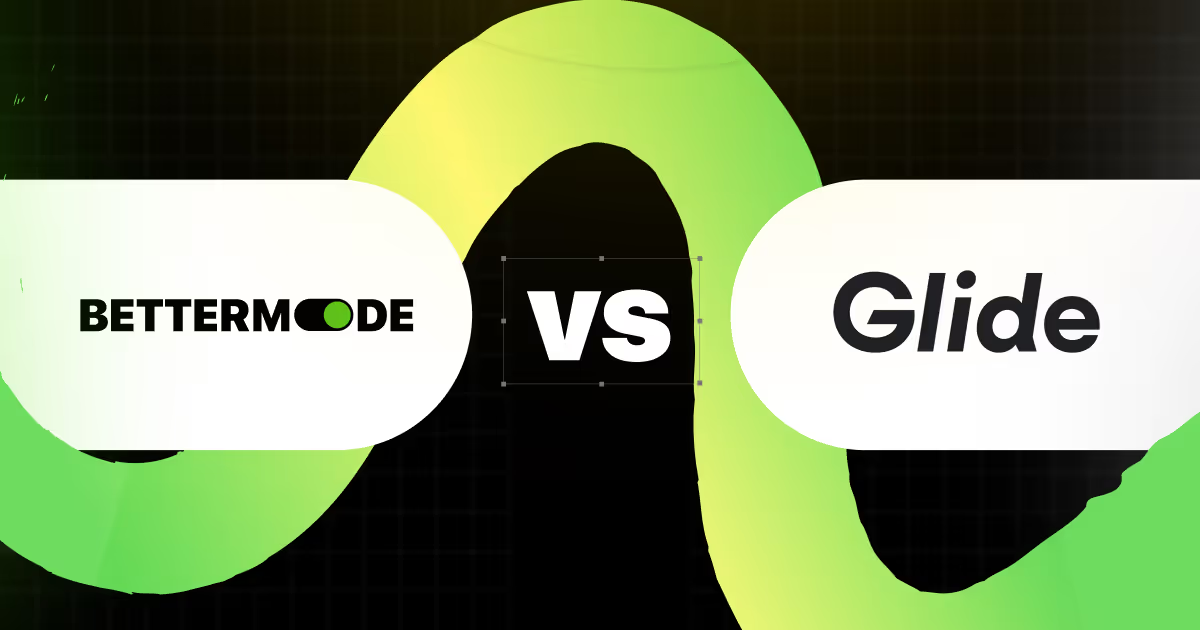Maximizing Customer Value: Decoding Customer Success and Customer Support Roles

Customer experience drives business success. Create one that people love and your company will improve retention and loyalty, speeding up growth and increasing revenue in the process.
Two of the most important elements of the customer experience are customer success and support.
While they are closely related, they have different goals and functions. Read on to find out more about customer support vs. customer success.
Customer success vs. customer support: key differences
Both customer success and support involve your team helping customers to overcome challenges.
Here is a quick overview of each discipline—we’ll go into more details later on.
Customer success is when you proactively work with customers to help them reach their goals using your software.
Customer support involves assisting customers when they have a problem with your product or service.
The key differences (and a big similarity).
Customer success
✔️ Help customers achieve their goals.
✔️ Work proactively with the customer.
✔️ Success metrics attempt to measure how the strategy impacts business goals.
✔️ Takes place on multiple channels and platforms.
Customer support
✔️ Solve problems and challenges.
✔️ React to customer issues as they occur.
✔️ Support metrics attempt to measure the quality of the support customers receive
✔️ Takes place on multiple channels and platforms.
What about customer service?
Another term that is often confused with both customer support and customer success is customer service. But again, it refers to something slightly different.
Customer service consists of all the ways your company helps its users. Thus, both customer success and customer support are parts of this discipline. They both work hand-in-hand to increase customer satisfaction and build stronger customer relationships.
Deep dive: what is customer success?
Customer success focuses on helping customers use your product to reach their goals. Your team works with the user to help them get the most out of their time as your customer. It’s essential because the more value customers get from your product, the more likely they are to stay with you.
Customer success is proactive. You take steps to show customers how to use your products before they ask.
To do this effectively, customer success managers need to analyze the entire customer lifecycle. This will highlight the common issues and bottlenecks users struggle with. It will also provide insight into why they use your software.
Surveys and customer interactions across channels can help you get customer feedback while analyzing customer data will help you better define problems.
Once you have established key goals and challenges, your team can create strategies to help users overcome these problems.
Different goals require different strategies
Customer success teams must be aware that different users have different needs. You need to adapt your strategies to each one.
Example: People sign up to CRM platforms for various reasons. It could be to improve marketing automation, increase the effectiveness of their sales teams, or provide better quality customer service.
Each of these user goals requires a unique customer success plan. So the team must be able to identify purposes and create unique strategies for each one.
They should also consider who the customer is—as this will play a part in deciding the type of customer success strategy to roll out.
The founder of a small startup and the head of marketing at a multinational corporation may want to use the above CRM for marketing automation. But the customer journey for each one will be different due to their vastly different needs and levels of experience.
Common practices used by customer success teams:
- Customer onboarding that teaches a new customer how to use your product.
- Product tours that highlight features and next steps.
- In-person training courses that teach teams how to use a new tool.
- Customer success communities that let users interact and learn from each other.
- Knowledge bases that document all customers need to know about your product.
- Live and recorded webinars that teach long-term users about advanced features.
- Customer surveys or pop-up questionnaires that discover more about customer goals.
- Video lessons or courses that go deep into advanced strategies.
- Quarterly Business Reviews (QBRs) to track success metrics for customers and suggest effective strategies.
Deep dive: what is customer support?
Customer support is the act of helping people overcome issues with your product or service. Support agents troubleshoot problems and then either suggest solutions or dive in and fix the problem themselves.
Customer support is essential for SaaS products. That’s because these tools are technical and often essential to the running of a business. If a customer can’t find a quick solution to their problem, it could negatively affect operations.
While customer support is more reactive than success, there are things customer support teams can do to be more proactive.
Teams should look at common challenges and then create documentation for fixing these problems. This type of self-service customer support allows your users to find solutions independently.
The best support is omnichannel
Customer support takes place over many channels. This can include phone, email, chat widgets, and social media.
But the best customer interactions are omnichannel. This means your team is not only available in all the places your customer are, but can also switch between each channel seamlessly.
This makes support faster and more flexible. For example, when a customer creates a chat widget help ticket, the agent can send the reply straight to their email address.
Common practices used by customer support teams:
- Using helpdesk solutions to connect multiple channels into a single mailbox and helping customers.
- Support communities that quickly connect customers to your team and each other.
- Self-service knowledge bases that let customers find answers independently at any time.
- In-product chat widgets that enable customers to connect with online support.
- Phone lines that connect users directly with online support.
- Chatbots that provide automated answers to common questions.
- Videos that highlight solutions to common technical issues.
Good customer support and success are essential
We discussed customer support vs. customer success. While there are differences between the two functions, both disciplines have one thing in common: they are essential to your business’s success.
They work together to create a better experience for your customers. And giving your customer better experiences has many benefits, such as:
- Higher retention: Success increases customer retention by continually reinforcing the value of your product. This is essential if you are a Saas product that relies on recurring subscriptions.
- Increase customer value: Increased retention means that customers keep paying for your product. This will increase the lifetime value of each customer.
- Faster growth: It’s hard to grow if you are continually losing users. Reducing customer churn helps you increase your user base faster.
- More recommendations: People that find value in your product are more likely to recommend it to others. And referrals are a powerful way to increase the size of your user base.
- Overall higher revenue: Attracting more customers and keeping them for longer means more revenue.
To provide these optimal experiences, you’ll need the right tools. Find out more by reading our guides to the best tools for customer success and customer support.





